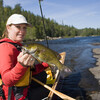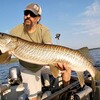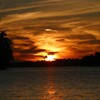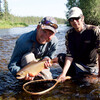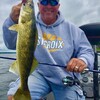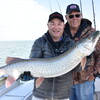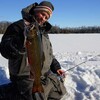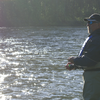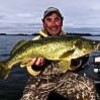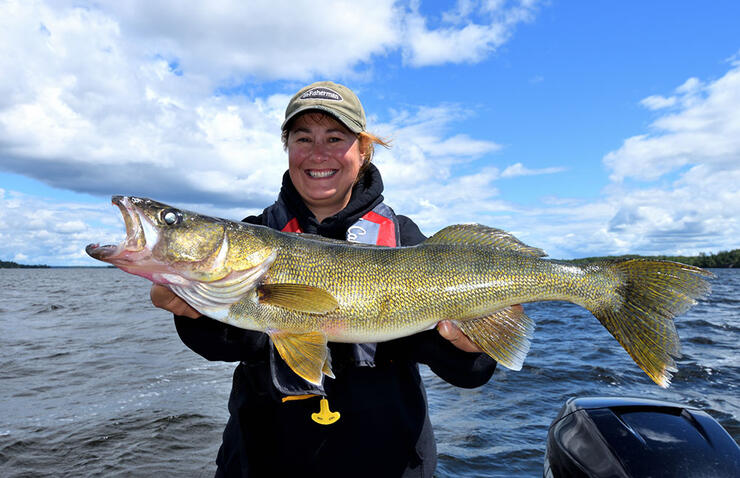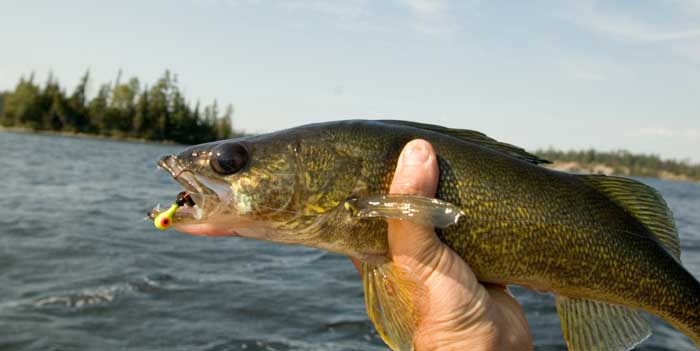
The Spin on Early Season Walleye in Ontario
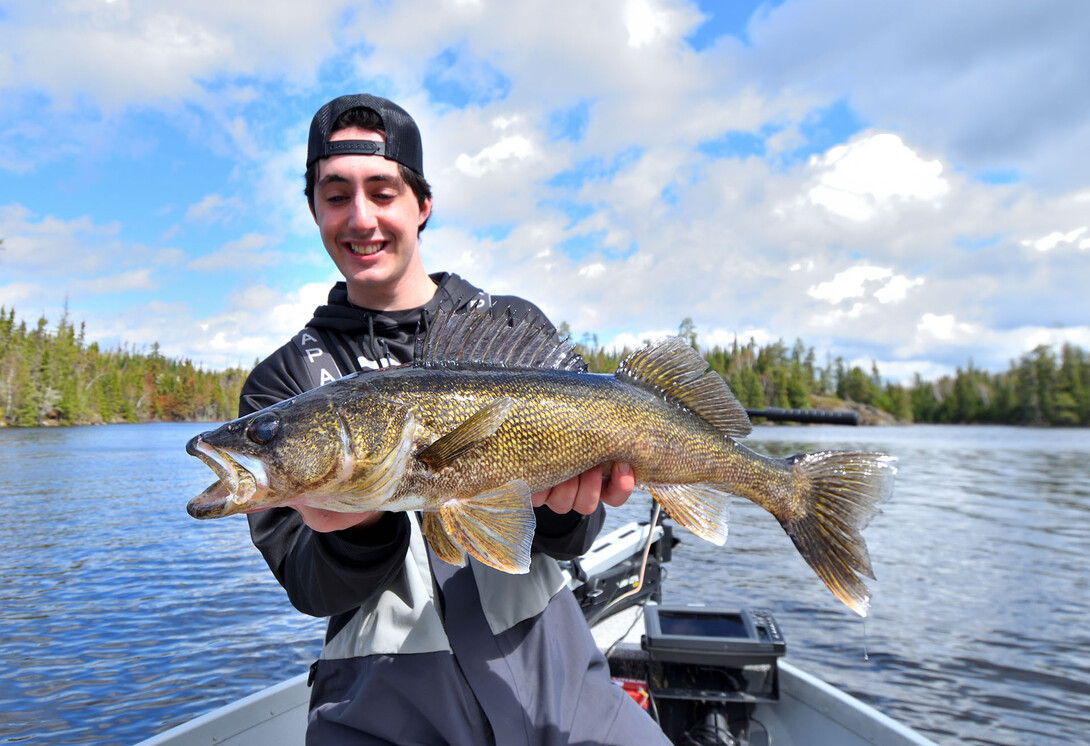
I have never seen a year quite like this one. Depending on where you are walleye fishing in Ontario, the conditions range from early spring to near summer-like. I opened the season in Northwestern Ontario’s Sunset Country on the weekend dodging snowflakes on the boat ride down the lake, while friends in the southern part of the province were fishing in shorts and t-shirts. Talk about a mixed-up gamut.
With so many variables at play in the spring, it is clear that we need as many arrows as possible stuffed into our early season walleye quiver. That is why when I am fishing a new walleye lake that I don’t know well — and often, even one with which I am familiar — I start the day trolling spinner rigs tipped with either minnows or nightcrawlers.
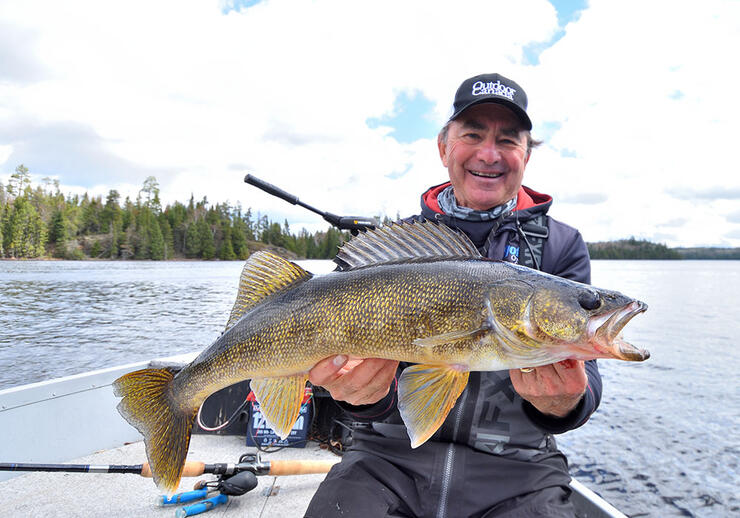
I typically favour size 3 and 4 Colorado blades on my early season walleye rigs as they thump and vibrate at the slow speeds I typically troll when the water is icy cold as it was on the weekend. I also like rigs with quick-change clevises that let me experiment over the course of the day switching between different sizes, shapes and colours of blades.
And speaking about colour, I am totally biased toward silver blades — especially hammered — when the water is clear and gold — hammered again — when it is dingy, dark or stained. On the other hand, if I know that the lake I am fishing has a strong yellow perch population — a go-to food source for walleye — I’ll pick a multi-hued blade painted orange, yellow and chartreuse to match the hatch. Regardless of the blade colour, however, I find red and fluorescent orange beads hard to beat.
The reason spinners rigs are so popular with early-season walleye anglers is because they allow you to troll and cover water efficiently, while you search to find a pod or concentration of active fish. I’ll pick a good looking, gentle to moderately sloping boulder and sand shoreline and troll a specific contour like the 10- to 12-foot depth. Then, when I’ve reached the end of my trolling pass, I’ll turn around and come back up the shoreline over the 14- to 16- foot zone. Systematically working out ever deeper this way — while never taking my eyes off the Helix for signs of fish — is such a simple, fast and efficient way to catch walleye.
Just be aware that on some days — and in some locations — you will never find a concentration or tightly bunched up school. This may sound strange, but these are my favourites areas to troll spinner rigs because most other anglers will take off looking for the proverbial pot of gold and/or greener pastures. But tell me: what is not golden or green about having a one-quarter mile-long stretch of shoreline all to yourself, with several hundred active walleye strung out along it, eager to bite your bait? Who cares if they’re onesies and twosies?
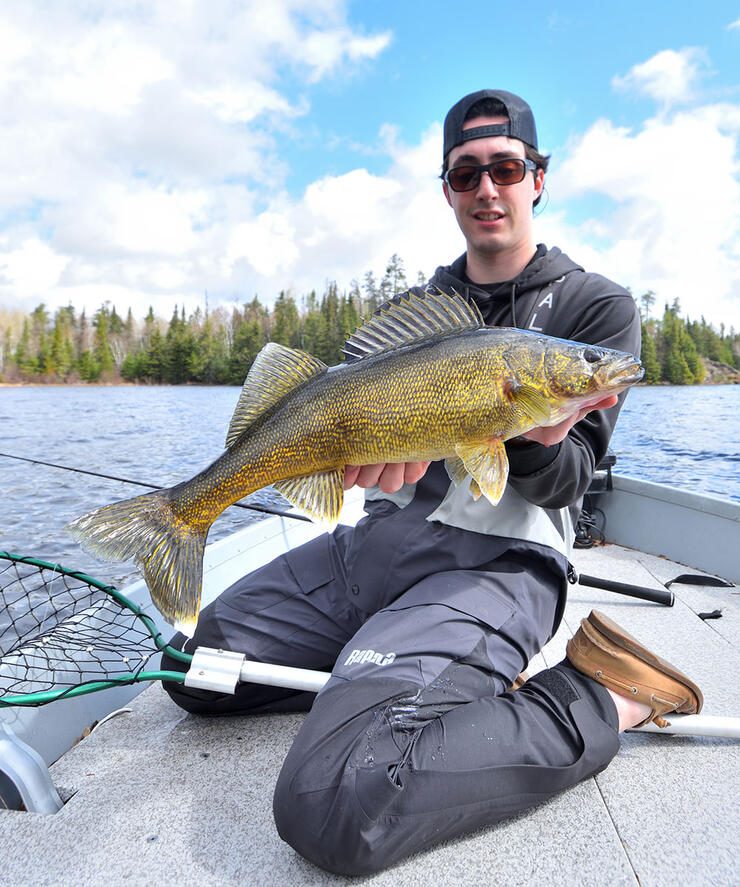
Lastly, two final rigging tips that will ease your headaches. Bottom bouncers are no brainers to get your spinners down and then keep them close to the bottom. Stick with 1-ounce bouncers for 10-foot depths, 2-ounce bouncers for 20-feet of water and half-ounce add-ons to fine-tune the system. And don’t use an overly stiff heavy action rod or a soft flimsy one. This is one time when a 7-foot to 7’6” medium action baitcasting rod is perfect. When you team it with a good 10- to 12-pound test, slightly stretchy monofilament line, you will not rip the hooks out of a single walleye’s mouth when you bring it to the net.
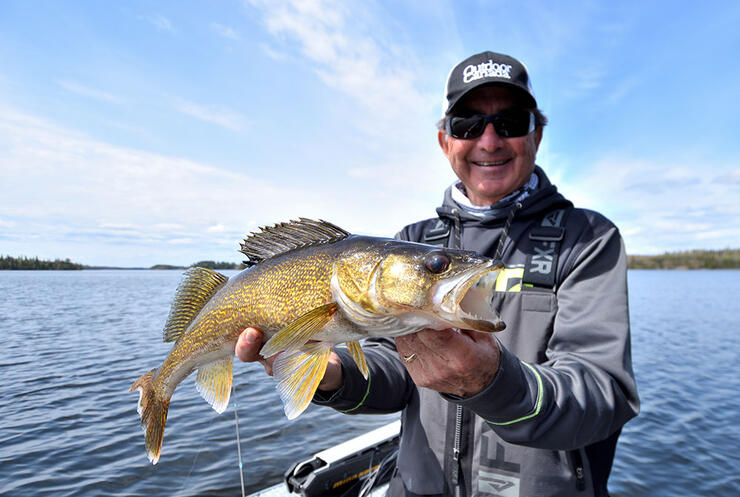
Now, you may be wondering, what do you do when you’re trolling and every time you come across the point on the scenic island and bang another walleye? Or you see a nice school of fish clustered like grapes on your sonar screen? Well, that is what I stumbled upon on Saturday and I’ll tell you what I did in next week’s post.
Until then, have a great week trolling up walleye in Ontario.
Recommended Articles

Shield Lakes & Rivers
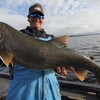
Lake Nipigon Adventure
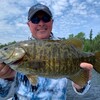
Don't Let the Name Perch Lake Fool You
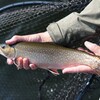
The Amazing Nipigon River
Awesome Algonquin
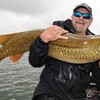
St. Francis Titans
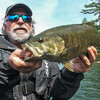
Lake Lauzon with Fish'n Canada
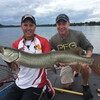
Musky Mayhem in the Kawarthas
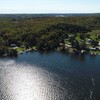
Big Moose Camp

A Guide to Fly-in Ontario Lodges
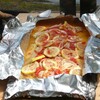
Cook A Tasty Shore Lunch
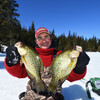
Ideal Christmas Gifts For The Northern Ontario Ice Angler

Talon Lake Lunge
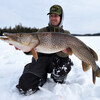
Northern Pike Aplenty
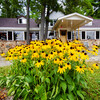
Drive-to Ontario Lodges

Walleye Sunsets

The Perfect Shore Lunch
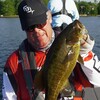
Lake of Bays fishing

Striker's Point Lodge
